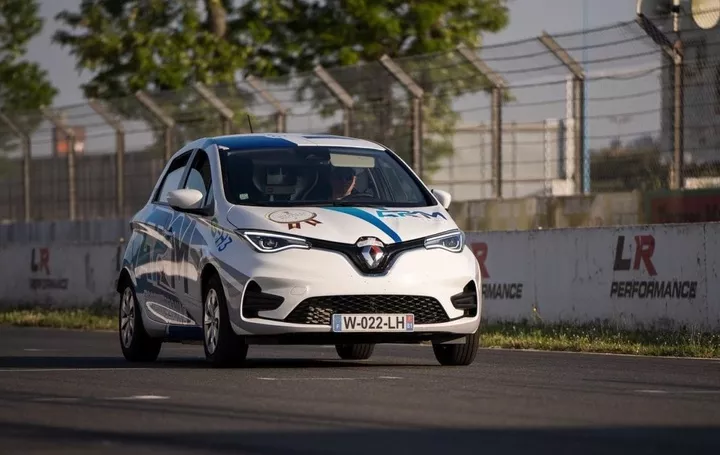
A car that covered more than 2,000 kilometres in three days has broken a previous record of 1,360 kilometres in two days set by a Toyota Mirai. Such mileage and speed is not unusual for many cars, but the difference is that the record-setting car is hydrogen-powered.
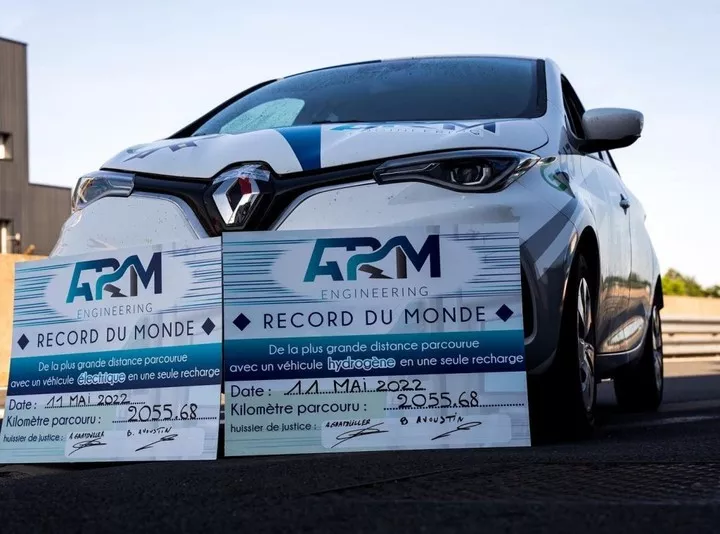
▲ Image from: LesVoitures
Nowadays, new energy vehicles are becoming more and more popular in people's lives, but most new energy vehicles are electric cars, so some people will equate the two. But new energy vehicles actually include other driving methods, and hydrogen power is one of them.
The hydrogen-powered car that set a record of over 2,000 kilometres is a modified Renault Zoé electric car, built by French transport research and development company ARM Engineering. The company has developed a new type of fuel called "G-H3". What's new about this fuel is that it can be made from purely biological sources.
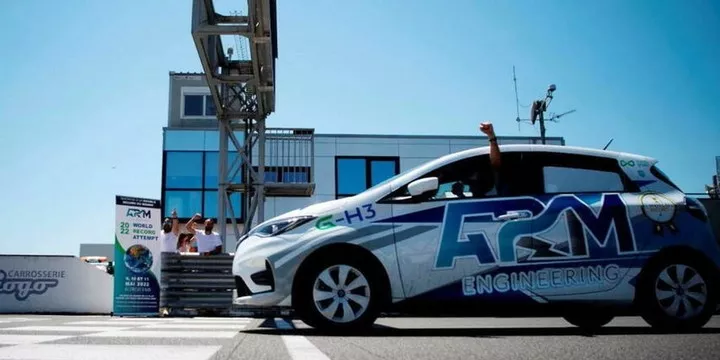
▲Image from: Byri
For example, non-edible biomass, such as manure or plant residues, can be turned into fuel for driving a car by "methanation". G-H3 can also be made by mixing carbon dioxide with hydrogen, or by electrolysis of water with green electricity such as wind or photovoltaic.
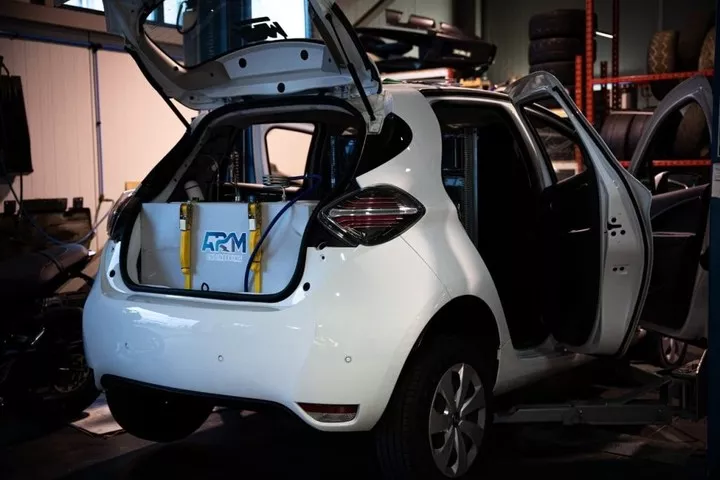
▲Image from: LesVoitures
Although it is a synthetic fuel, it is not the same as Super Ethanol E85 (E85 is a flex fuel, usually a fuel blend containing gasoline, other hydrocarbons and 51% to 83% ethanol by volume). G-H3, which is not blended with gasoline, is significantly "cleaner" as evidenced by the production method and feedstock.

▲Image from: Byri
In the Renault Zoé with G-H3 fuel cell, driving 100 kilometres emits only 2 kg of CO2, compared to 10 kg for a car fuelled by hydrogen. The same CO2 reduction is obtained for the Audi A1 petrol car converted to use G-H3.
Not only does it significantly reduce greenhouse gas emissions while driving, and emit no fine particulate matter or nitrogen dioxide, the G-H3 is also cheap to manufacture at around €0.35 per litre (about $2.50).
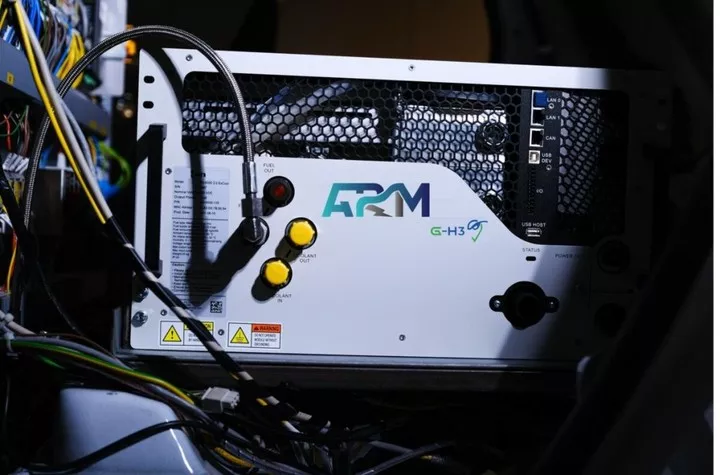
▲Image from: Byri
In contrast to electric vehicles, which take longer to recharge, G-H3 in liquid form can be refilled as quickly as petrol, taking just one minute to fill a 40-litre tank of G-H3.
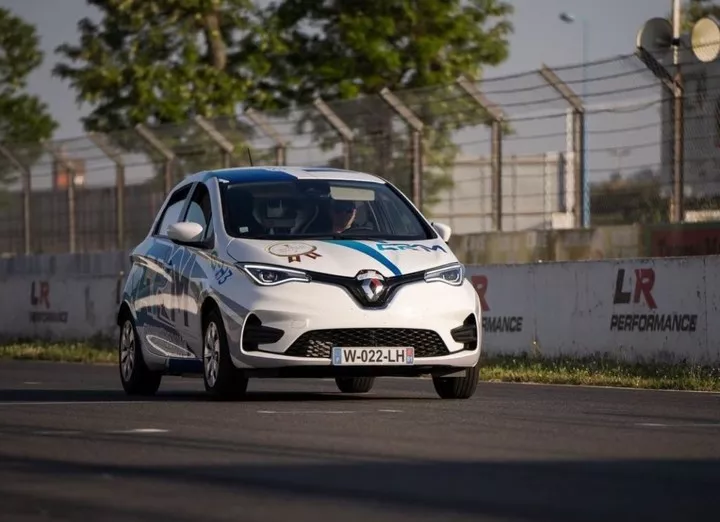
▲ Image from: Ace Mind
More importantly, G-H3 can generate both electrical energy (PAC) and thermal/mechanical energy (ICE). This means that it can be either a fuel cell for electric vehicles (the electrical energy generated by G-H3 is currently 5kWh) or an ICE compatible with vehicles with internal combustion engines (any gasoline engine vehicle complying with EURO3 European standards can be adapted to G-H3).
The conversion of the gasoline engine also allows for a hybrid option that uses Super Ethanol E85 and G-H3 together.
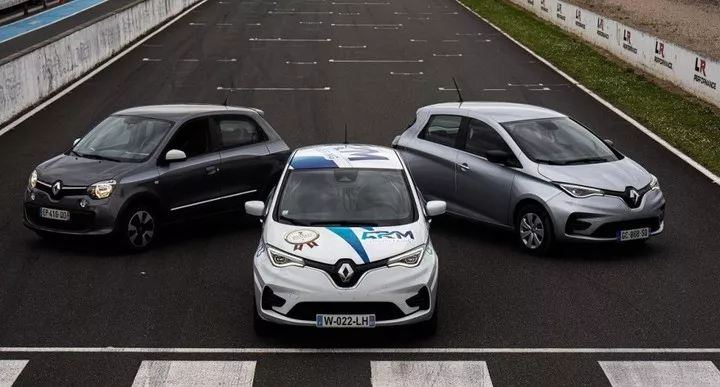
▲ Image from: Ace Mind
The raw material is environmentally friendly, the cost is low, and the driving process emits very little greenhouse gas ...... From the various advantages of G-H3, it seems to be a better solution in the current process of automotive transformation and upgrading. If it can be studied and promoted more deeply, it may be another possibility in the market of hydrogen-powered vehicles and even new energy vehicles.